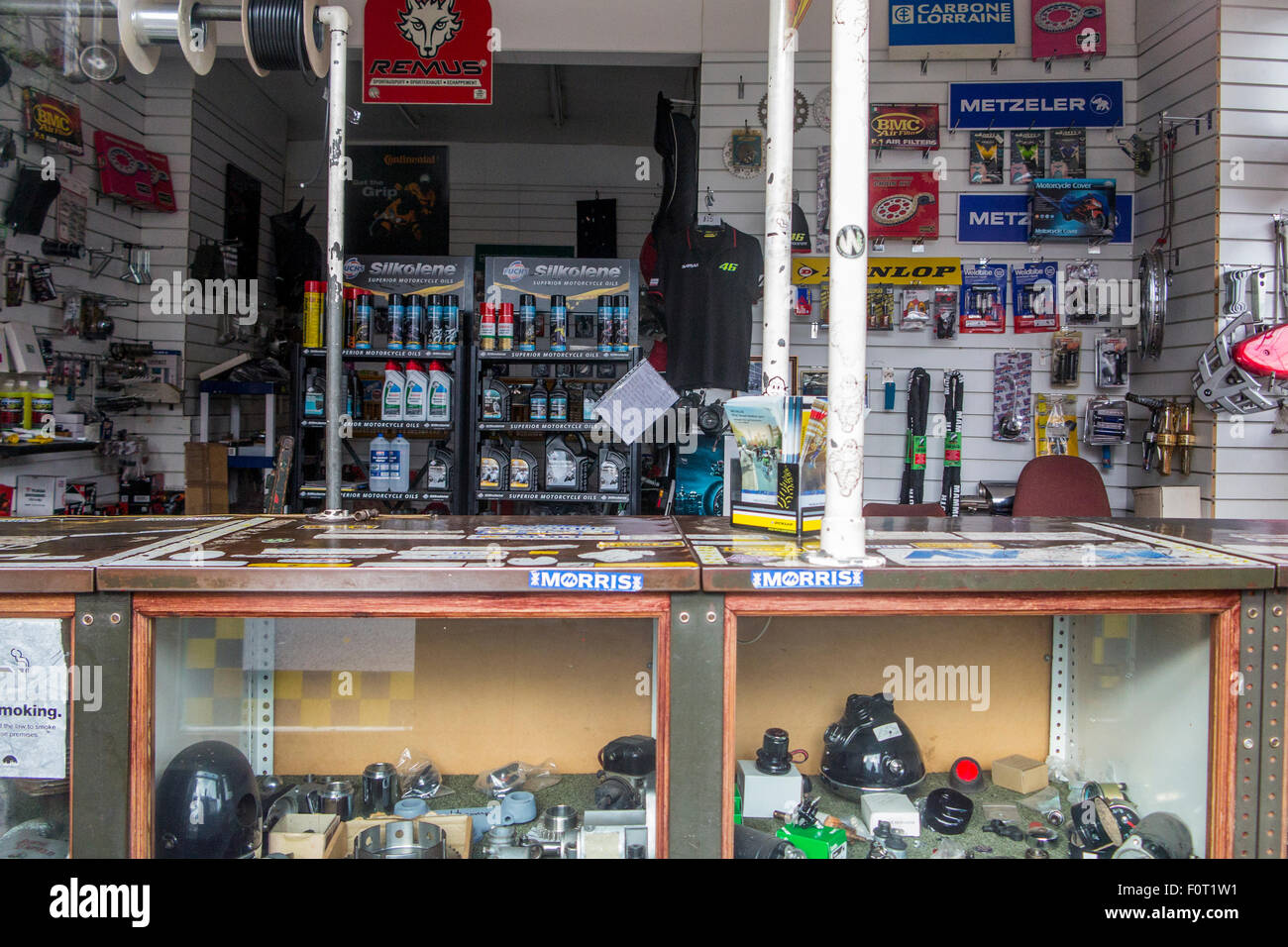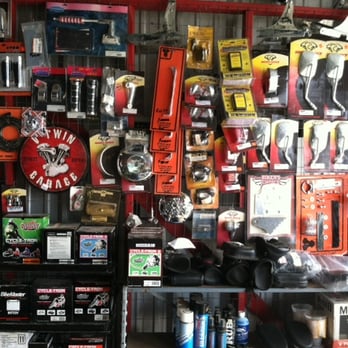Understanding the Vital Parts of a Bike: A Comprehensive Guide for Enthusiasts
For motorcycle lovers wanting to raise their riding experience and guarantee their bikes run smoothly, understanding the crucial parts of a motorcycle is paramount. Each element, from the engine's detailed functions to the vital function of the braking mechanisms, not just influences efficiency but additionally safety and security and convenience. This overview will certainly stroll with the fundamental components that every rider should be familiar with, allowing informed selections in both maintenance and prospective upgrades. As we begin this exploration, one must ask: just how does each component engage to develop the smooth ride every fanatic looks for?
Engine Components

The camshaft plays a crucial duty in managing the timing of the engine's valves, making certain the exact opening and closing necessary for effective gas and air intake, as well as exhaust expulsion. This timing is important to maintaining optimal engine performance and effectiveness. Additionally, the carburetor or gas shot system, depending upon the bike version, is accountable for mixing air with fuel in the appropriate proportion for combustion.
The cooling system, either air or liquid-based, works to preserve the engine's temperature level within functional restrictions, avoiding getting too hot and guaranteeing longevity - motocross gear nz. Each part, carefully developed and integrated, adds to the seamless procedure of the engine, specifying the bike's power outcome and total performance
Transmission System
Indispensable to the motorbike's functionality, the transmission system ensures reliable power transfer from the engine to the wheels. This system consists of a number of vital components, consisting of the clutch, gearbox, and final drive, each playing an essential role in equating the engine's power right into motion. The clutch, generally operated by a hand lever, offers to disengage the engine and involve from the transmission, enabling smooth equipment adjustments and controlled acceleration.
The transmission, typically referred to as the transmission proper, includes a collection of gears that bikers can by hand shift via to adjust the bike's rate and torque output. These gears are arranged in a series that makes it possible for the motorbike to accelerate smoothly and preserve optimum engine efficiency across numerous speeds. Many bikes use a consecutive gearbox, needing the motorcyclist to change equipments in an established order.
Braking Mechanisms
While understanding the transmission system is key to taking advantage of a motorbike's power, equally essential is the ability to manage and quit that power effectively, which is where braking devices come right into play. Brakes are vital for safety and security and efficiency, giving the biker with the required control to navigate different surfaces and conditions. Generally, bikes feature 2 sorts of stopping systems: disc brakes and drum brakes.
Disc brakes are more widespread in modern motorcycles because of their premium efficiency. They contain a brake disc, caliper, and pads. When activated, the caliper squeezes the brake pads versus the rotating disc, converting kinetic energy into heat, thereby reducing the wheel. This system uses far better heat dissipation, regular performance, and improved quiting power, linked here specifically in wet conditions.
On the other hand, drum brakes, though much less common, are still discovered in some bikes. They function by pressing brake footwear against the inner surface area of a drum affixed to the wheel. While typically less effective in heat dissipation and quiting power, drum brakes are simpler and a lot more affordable.
Understanding these stopping systems' subtleties enables cyclists to keep their motorbikes properly and value the design that makes certain safe and efficient quiting.
Suspension and Steering
Suspension and steering systems are important elements that considerably affect a motorcycle's handling and ride convenience. The shock absorber, containing forks at the front and shock absorbers you can try these out at the back, absorbs roadway irregularities, enhancing security and control. Front forks, upside down or normally telescopic, compress and rebound to minimize influences, while back shock absorbers keep tire call with the roadway, important for grip and safety and security.
Steering, centered around the handlebars, attaches the cyclist to the bike's directional control. The guiding head bearings ensure smooth operation, enabling accurate ability to move. Appropriate alignment and upkeep of these bearings are essential for predictable steering response and reducing motorcyclist tiredness.
The suspension's adjustability is one more critical facet; preload, damping, and rebound setups allow personalization to match different riding designs and problems. This flexibility is essential for optimizing efficiency, whether browsing urban roads or taking on sturdy routes. Innovations like digital shock absorber supply real-time changes, boosting adventure top quality across diverse surfaces.

Electric Solutions
After guaranteeing a smooth and controlled ride via efficient suspension and steering systems, focus turns to the electric systems, a pivotal aspect of contemporary motorcycles. These systems play an important function not just in starting the engine however likewise in powering various components that enhance the performance and security of the bike.
At the heart of a motorcycle's electrical system is the battery, which shops electric energy essential for starting the engine and click site powering complementary systems - motocross gear nz. The alternator or generator, combined with the rectifier-regulator, makes sure the battery stays charged while the bike is in procedure, transforming power right into electric energy and keeping voltage degrees
The ignition system, an additional vital part, is liable for stiring up the air-fuel mixture in the engine's cylinders. Modern bikes frequently use a digital ignition system, offering higher performance and dependability contrasted to traditional systems.
Lights systems, consisting of fronts lights, tail lights, and signs, are additionally essential, making sure visibility and safety and security for the biker. Additional electronic components such as sensing units, control systems, and presents add to advanced features like gas shot monitoring, anti-lock stopping systems (ABDOMINAL), and electronic dashboards, even more boosting the riding experience.
Conclusion
A complete understanding of a motorcycle's necessary components, including the engine, transmission system, stopping devices, suspension, guiding, and electrical systems, is crucial for fanatics intending to enhance efficiency, security, and convenience. Mastery of these elements enables educated choices relating to upkeep and upgrades, inevitably enhancing the riding experience. By incorporating this expertise, bikers can guarantee their bikes run at peak efficiency and integrity, therefore making the most of both satisfaction and durability of their vehicles.
For bike enthusiasts looking to raise their riding experience and guarantee their bikes run efficiently, comprehending the vital parts of a bike is vital.Integral to the motorcycle's capability, the transmission system makes certain efficient power transfer from the engine to the wheels.While understanding the transmission system is crucial to using a motorbike's power, similarly essential is the capability to manage and stop that power properly, which is where braking mechanisms come right into play. Normally, motorbikes include two kinds of braking systems: disc brakes and drum brakes.
A comprehensive understanding of a bike's vital elements, including the engine, transmission system, braking systems, suspension, steering, and electric systems, is crucial for enthusiasts aiming to maximize security, efficiency, and comfort.